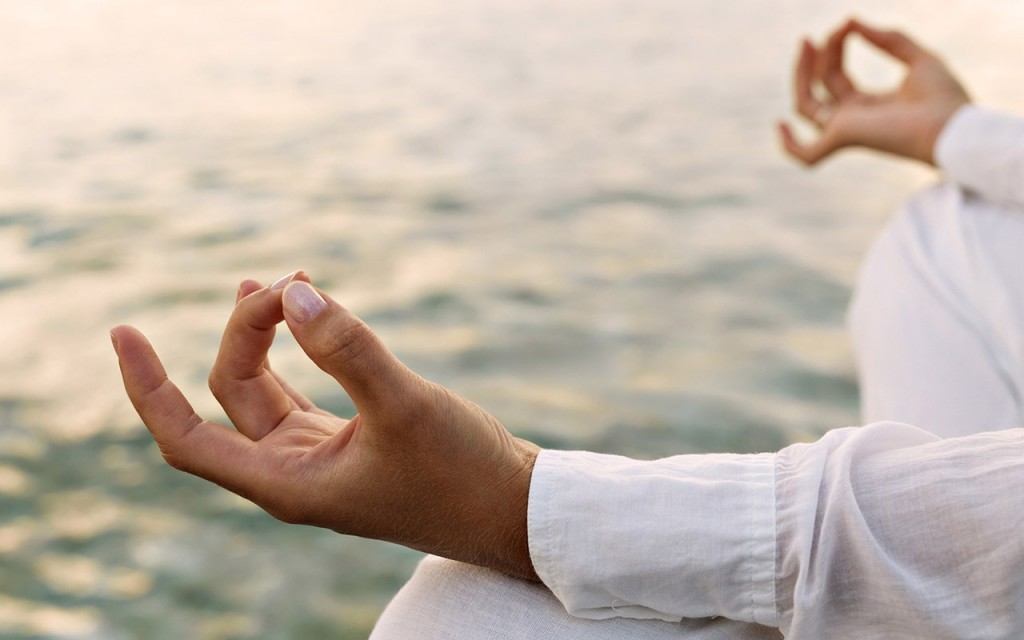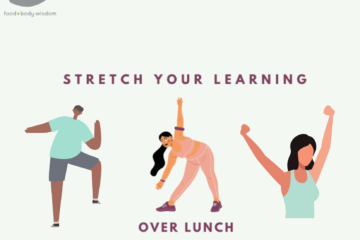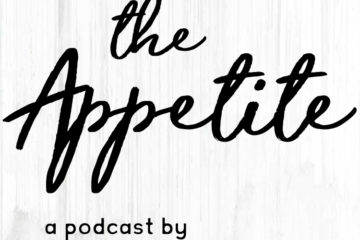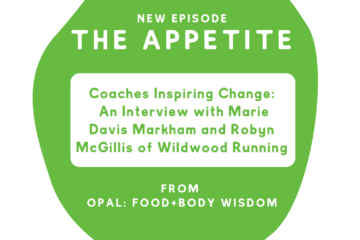How One Clinician’s Journey on a Silent Mindfulness Retreat Impacted her Work in Eating Disorder Treatment
2014 was a trying year; through the turmoil, I felt the fast momentum of life and knew I could not stop it. I noticed my inability to handle personal struggles was impacting my work as a milieu therapist at Opal. Working closely with women wrestling with their eating disorders, I could see how my internal battle was leaving little room to support them.
I was stuck feeling disconnected from my entire being and knew I needed some deep healing. I kept dreaming about a 10-day Silent Vipassana Meditation Retreat, in which I had participated in once before.
Silence. Meditation. Space to be with myself.
Of course, the question that arose was, ‘Do I have 10 days to step out of my life?’ But it began to feel as though taking this retreat was essential to my survival. I distinctly remember how challenging and painful it was to simply be with myself, for what had felt like forever. ‘My life doesn’t need me right now,’ I thought. ‘I can spare the time. I need this—for me.’
Opal offers a reprieve to clients as part of their individualized program: clients are given time for meditation if it is desired and beneficial for them. Mindfulness is also practiced at the beginning of each meal as a way to pause from the work being done and support participation in the present moment while nourishing oneself. It also sets the stage for being intentional with whatever arises while eating. As well, meditation is used when groups become difficult and a pause is necessary to re-establish a foundation, so that work can continue. That’s what I needed from my own silent retreat: a pause. So I went.
Registration. Moving bags into residential quarters. Dinner. Orientation. Assignment of a spot in the Meditation Hall. Meditation. Retirement to bed. Those were the tasks at hand the evening before the retreat began. During this process, I noticed the tightness in my chest, the pain in my stomach, and the heaviness of my walk. I could not believe what I was doing, what I had chosen to put myself through. Sometimes it’s challenging to understand why we make the choices we do; and, only after the experience, are we able to grasp the value of those choices.
Each day of the retreat presented myriad experiences. We meditated ten hours a day, providing ample opportunity for us to witness whatever feelings, physical or emotional, showed up in the moment. Fatigue. Resistance. Letting go and surrendering. Impatience. Feeling accomplished. Not feeling good enough. Irritability. Anger. Joy. Sadness. Pain. Longing. Desire. Avoidance. Grief. Regret. Worry. Anticipation. Comparison.
According to the teachings, Vipassana literally means “experiencing one’s own reality by the systematic and dispassionate observation within oneself of the ever-changing mind-matter phenomenon manifesting itself as sensations.” In other words, Vipassana is a meditation practice, during which one experiences reality, as it is, in the moment, by witnessing life’s impermanence, through the arising and passing of bodily sensations. This is one of the reasons why mindfulness is essential to the recovery of eating disorders. Simply put, an eating disorder is a compilation of thoughts, feelings, stories, and behaviors designed to protect the individual from that which she feels threatened by. She becomes fragmented as a mechanism for survival and, in order to become whole again, she needs to strengthen her ability to observe when and why her eating disorder is in operation; then she must learn to allow her healthy self to take over the job. This is not an easy task, and can only be accomplished by mindfulness to what is showing up in the present moment.
Sitting in meditation so many hours each day offered many lessons. My body hurt in ways to which I was not accustomed; and practicing this technique proved to be difficult in those painful moments, which added up to most moments. The idea behind Vipassana is to intentionally scan the body, part-by-part, and observe the sensations with equanimity, with balance. In other words, one notices and observes without reacting or trying to change the sensations, because they will pass away. And they did! Not always, but often enough to see that they could.
The mind has a tendency to amplify discomfort, which I observed over and over again. The sensation was not terribly uncomfortable until my mind decided it was, and I could no longer tolerate what was once tolerable. Furthermore, I noticed my mind is quite a storyteller. When it wandered off into stories about the past and future, I observed and felt the bodily sensations created through this process: tightness in my chest, constriction in my heart, butterflies in my stomach, heaviness in my shoulders, stiffness in my neck. Wow, the mind is powerful! Of course, I had known that prior to this retreat, but this was my opportunity to experience to the fullest what that means.
The most beautiful aspect of this experience is that I actually achieved moments of equanimity. I was able to smile at the chaotic masterpiece of my mind. I felt excited at the end of each day for making it through, no matter what it looked like.
After ten days, I departed with an unfamiliar inner peace, but wondered about the sustainability of this feeling. In the following weeks, I have come to understand that one cannot walk away from a perspective-shifting experience, like a 10-day Silent Vipassana Meditation Retreat, expecting to maintain the fruit without continuing to practice; the work must continue. Mindfulness is just like any other muscle in our bodies: if we don’t use them, they will eventually atrophy. Mindfulness is no different. We need to continue to practice in order to remain present. On some days it works better than others and that is part of the practice, like recovering from an eating disorder. It is a process and a practice. Our job is to keep working at it, to strengthen our muscles.
– Michelle Forrest, LMHC, Milieu Therapist




0 Comments